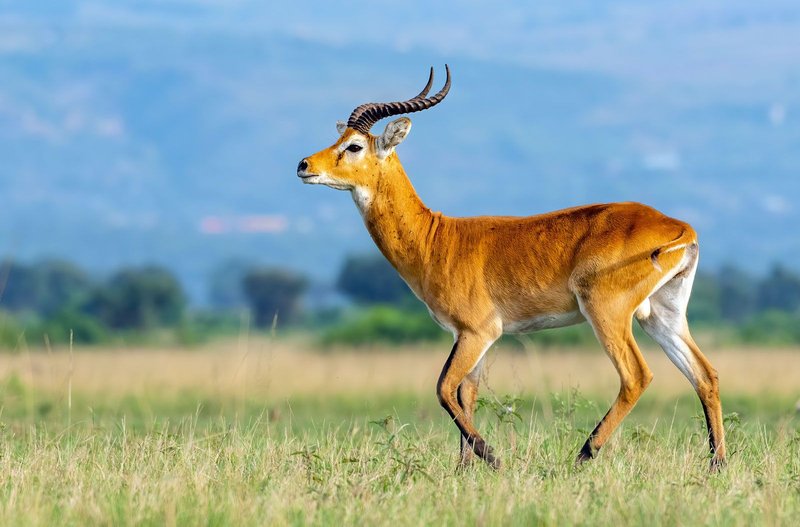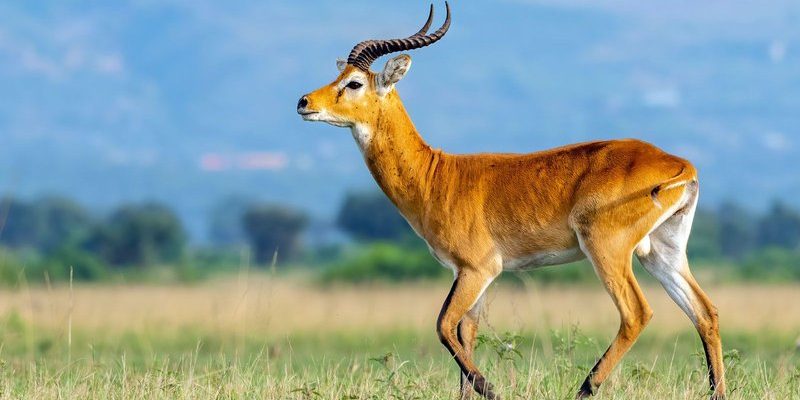
You might picture the Ugandan Kob as a majestic creature that roams the savannah, but there’s a lot more going on than meets the eye. From misunderstandings about their behavior to false beliefs about their habitat, it’s time to set the record straight. So grab your favorite drink, and let’s dive into some of the most common myths about the Ugandan Kob!
Myth 1: Ugandan Kobs Are Endangered
One of the most recurring misconceptions is that the Ugandan Kob is an endangered species. While it’s true that their populations have seen fluctuations, they are currently classified as Least Concern by the IUCN (International Union for Conservation of Nature). This means they aren’t at an immediate risk of extinction.
The real story here is that Ugandan Kobs thrive in protected areas like Queen Elizabeth National Park and Murchison Falls National Park. These conservation efforts have really made a difference! However, habitat loss and poaching can still pose threats, so it’s important to support local conservation initiatives.
People often confuse the Ugandan Kob with other antelope species that are endangered. This can lead to misunderstanding their conservation status when in reality, these animals are doing relatively well. Supporting local efforts can help maintain their population and habitat!
Myth 2: All Kobs Look the Same
You might think that all Ugandan Kobs look identical, but here’s the thing: they actually display sexual dimorphism. That means males and females have distinct features. Male Kobs are larger than females and showcase impressive, curved horns. They also sport a rich chestnut color with white markings that make them stand out in the grasslands.
Females, on the other hand, are smaller, have no horns, and have a lighter, more tawny color. This difference is more than just looks; it also plays a role in their behavior. Males are known for their territorial displays, often engaging in lekking, where they gather to attract females. So next time you see a Kob, take a moment to appreciate the subtle differences!
Myth 3: Kobs Are Fierce Predators
If you’ve ever imagined the Ugandan Kob as a fierce predator, it’s time to recalibrate that thought. Ugandan Kobs are herbivores, primarily munching on grasses and leaves. They play an important role in their ecosystem by grazing, which helps maintain the savannah landscape.
Here’s where it gets interesting: while they may seem docile, Kobs have developed some nifty survival skills. They’re known for their incredible agility and speed, allowing them to escape from larger predators like lions and crocodiles. So, rather than being fearsome hunters, these graceful antelopes are more like acrobats of the plain!
Myth 4: Ugandan Kobs Are Only Found in Uganda
You might be surprised to learn that while the Ugandan Kob is most famously found in Uganda, they also inhabit parts of neighboring countries. They can be spotted in regions of South Sudan and the Democratic Republic of the Congo. This broad range highlights their adaptability and resilience in various habitats, especially in savannah and woodland areas.
If you’re planning a trip to Uganda to see these animals, that’s fantastic! Just keep in mind that they may be present in other regions too. Traveling across borders can give you a broader view of their habitat and living conditions. Plus, you might discover more about their lifestyle along the way!
Myth 5: Kobs Are Solitary Animals
You might think that Ugandan Kobs prefer a life of solitude, but they are actually quite social creatures. They often form large herds, especially females and young ones, which can include up to several hundred individuals. Social structures in these herds are essential for their survival.
Living in a herd provides safety in numbers and allows for social interactions that can be critical during breeding seasons. Males typically establish their territory and attract females during the mating period, but throughout the year, they can often be found living camaraderie with other Kobs.
So, if you ever get a chance to observe them, take note of their social behaviors. It’s fascinating to see how they interact, establish dominance, and work together as a group.
Myth 6: Ugandan Kobs Don’t Need Water
Another prevalent myth is that Ugandan Kobs can survive without a regular water source. While these animals are adept at adapting to their environment, they do require access to water. Their habitat is often close to rivers or lakes, allowing them to drink and stay hydrated.
During dry seasons, they can travel several kilometers to find water, but their survival largely depends on the availability of this essential resource. So, while they may be resilient, they’re not immune to the fundamental needs of life, just like the rest of us!
Myth 7: Kobs Have No Natural Predators
Last but not least, you might think that Ugandan Kobs roam the plains without a care in the world, with no threats to their existence. Unfortunately, that’s not the case. They have several natural predators, including lions, leopards, and hyenas.
Despite their speed and agility, these animals still face the risk of predation, especially the young or sick individuals. Their keen senses and alertness are vital survival tools. The presence of predators keeps the Kob population balanced, ensuring only the fittest survive, which contributes positively to the ecosystem.
In summary, the Ugandan Kob is an intriguing and graceful creature that’s often misunderstood. From concerns about their conservation status to their social behaviors, it’s essential to separate fact from fiction. By understanding these myths, we can appreciate the role Kobs play in their ecosystems and advocate for their continued protection.
Wildlife is a treasure worth valuing, and the Ugandan Kob is no exception. So, the next time you hear a misconception about these beautiful antelopes, you can share your newfound knowledge and help spread the truth! Let’s keep supporting efforts to protect their habitat and ensure these wonderful creatures continue to thrive in Uganda and beyond.

